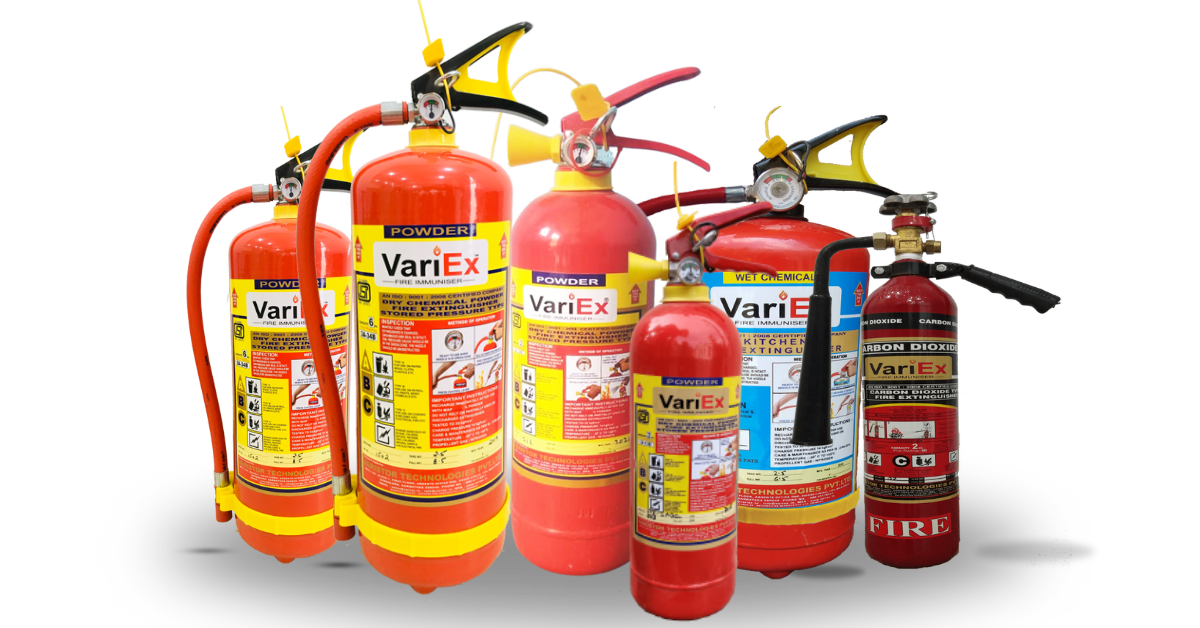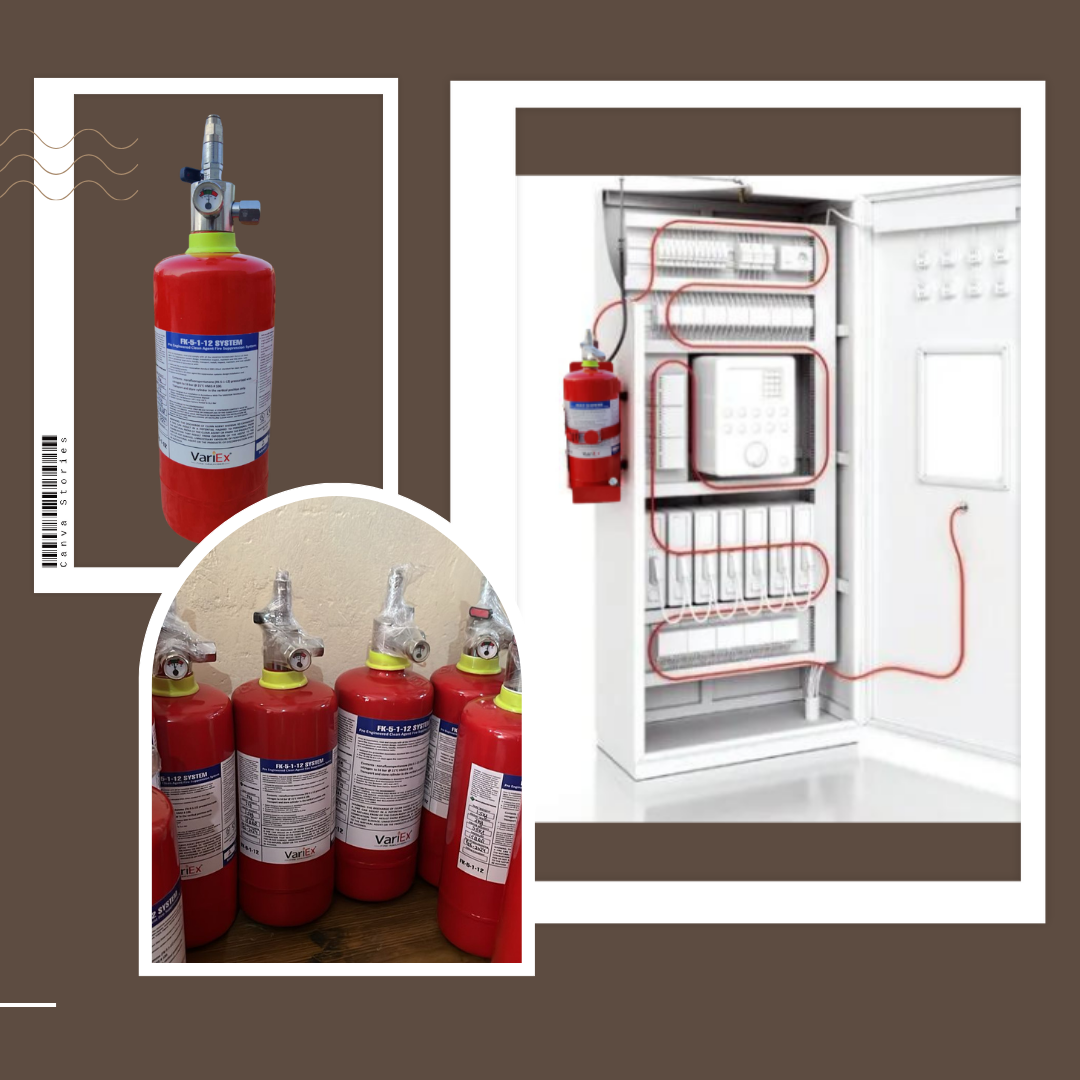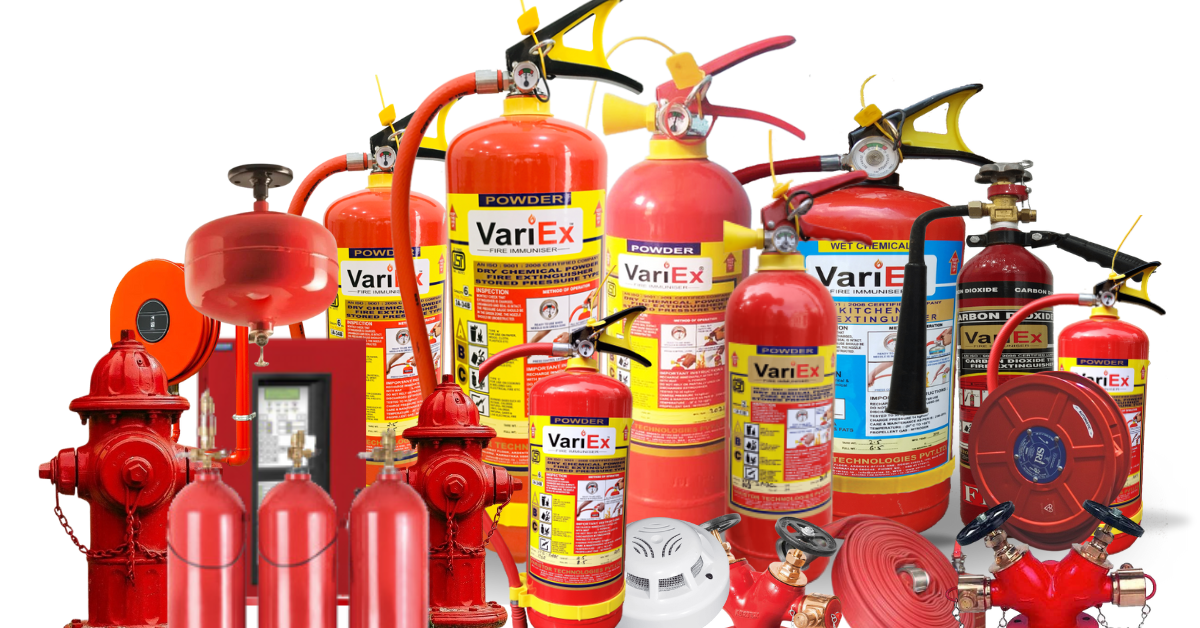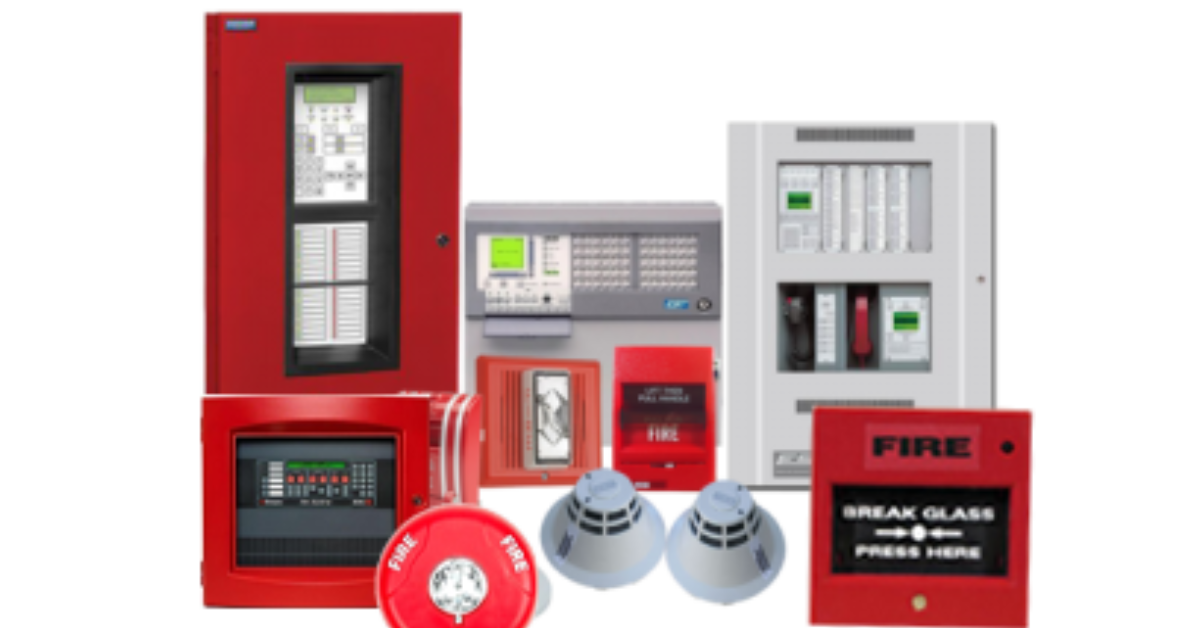![]()
Fire Immuniser
+91-7829629111
Email: info@variex.in
Varistor Technologies Pvt. Ltd.
Block-1, First Floor, Ardente Office One, Hoodi Circle, ITPL Main Road, Bengaluru, Karnataka 560048, IN
How Does A Fire Alarm Circuit Work
How Does A Fire Alarm Circuit Work
Fire, a natural phenomenon, can be a friend or foe depending on its management. In our daily lives, we harness fire for a myriad of activities such as cooking, heating, and other industrial processes. However, when uncontrolled, fire can unleash unfathomable devastation, leading to loss of lives and property. Thanks to technological advancements, we are now capable of averting such unwanted circumstances with the help of fire alarm systems. But have you ever wondered how these life-saving devices work? This article will delve deep into the mechanism behind the operation of a fire alarm circuit.
The Basic Concept of a Fire Alarm System
The function of a fire alarm circuit is to detect the presence of fire and alert people within the vicinity as early and as efficiently as possible. A standard fire alarm system comprises of fire detectors, alarm sounders, and a control panel. Fire detectors sense the presence of fire through distinct indicators such as smoke, heat, and radiation. When triggered, these sensors send signals to the control panel, which then prompts the alarm sounders to create an alert, usually a loud noise or flashing lights.
Components of a Fire Alarm Circuit
To understand the working of a fire alarm circuit, let's break down its key components:
1. Fire Detectors
Newer fire alarm systems make use of two types of detectors: heat detectors and smoke detectors.
Heat Detectors: These devices utilize a thermistor against a reference voltage to sense temperature changes. They activate when the temperature in a room reaches an alarm point or when a sudden rise in temperature occurs.
Smoke Detectors: There are two types, optical smoke detectors, and ionization smoke detectors. Optical detectors sense smoke using a light beam. When smoke particles interfere with this beam, the detector's light sensor will trigger the alarm. On the other hand, ionization detectors consist of two electrodes and radioactive material to ionize the air, creating a current. When smoke enters this device, it interrupts this current and triggers the alarm.
2. Control Panel
Considered the brain of the fire alarm circuit, the control panel plays a critical role. It receives signals from the fire detectors and triggers the alarm sounders. It can also pinpoint the location of a triggered detector, making it easier for firefighters to find and extinguish the fire. In some sophisticated alarm systems, the control panel can also start fire suppression systems like sprinklers or release fire control gases.
3. Alarm Sounders
Alarm sounders issue auditory and visual signals to warn occupants of a fire. These alerts typically comprise of loud sirens, bells, or a voice alarm. Some systems also have flashing lights to ensure the alarm is effective even in noisy environments or for people with hearing difficulties.
Different Types of Fire Alarm Circuits
There are two primary types of fire alarm circuits: conventional and addressable.
Conventional fire alarm circuits interconnect individual fire detectors and call points to several zones. If an alarm activates in one zone, it's difficult to identify exactly where the fire is occurring without inspecting each device in that zone.
On the other hand, an addressable fire alarm circuit connects devices in a loop with an address for each. In case of an alarm, the control panel shows the exact location of the fire. It is considered more sophisticated and easier to manage, especially in larger premises.
How Does a Fire Alarm Circuit Work?
Once a detector senses an abnormal level of heat or smoke, it sends a signal to the control panel. The control panel then analyzes the signal and, if it qualifies as an alarm signal, it activates the alarm sounders. The alarm sounders then produce an auditory or visual signal to warn the occupants. If the fire alarm circuit is connected to a monitoring service, an automatic signal is sent to alert the fire department.
Conclusion
Fire alarm circuits are fundamental components in safeguarding property and lives against fire hazards. They employ advanced technology to swiftly detect fires and alert the occupants so that action can be taken to mitigate any damage. By understanding how they operate, users can properly maintain these systems and employ effective fire safety practices. Additionally, this knowledge can inform the choice between a conventional and addressable fire alarm circuit based on the size and nature of the premises. Remember, a working fire alarm system increases survivability in case of a fire by providing early warning and allowing for safe evacuation.
Explore our products Range
Final Say
At VariEx.in and VariexOnline.com, we specialize in supplying and installing top-quality fire fighting systems and equipment. From fire extinguishers to advanced suppression systems, we offer comprehensive solutions tailored to your needs. Our experienced team ensures precise installation and maintenance for optimal safety.
Trust VariEx for reliable fire protection. Contact us online or call 7829629111 to learn more.
"WHAT YOU CAN READ NEXT"
 Read more +24 November 2023 in Fire Extinguisher
Read more +24 November 2023 in Fire ExtinguisherWhat types of fire extinguishers are available for different fire classes?
 Read more +11 April 2025 in Fire Suppression
Read more +11 April 2025 in Fire Suppression













